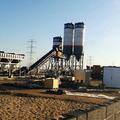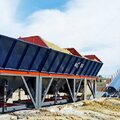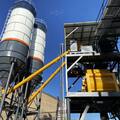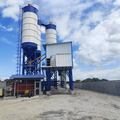In the fast-evolving construction landscape of developing countries, ready mix concrete plants have become indispensable to infrastructure development. From housing to highways and high-rise buildings, these plants ensure timely and consistent concrete delivery. However, the ready mix concrete plant price varies significantly depending on a range of economic, logistical, and technical factors—particularly in developing economies.
This article explores the key factors influencing ready mix concrete plant cost trends across developing regions and helps investors, contractors, and government planners make informed decisions.

1. Demand Surge from Urbanization and Infrastructure Growth
One of the biggest influences on ready mix concrete plant price in developing countries is the rapid surge in demand. Cities across Southeast Asia, Africa, Latin America, and South Asia are experiencing unprecedented urban growth. This has led to massive infrastructure projects such as:
-
Urban transport systems (metros, highways, bridges)
-
Affordable housing developments
-
Ports and logistics hubs
-
Energy and utility infrastructure
The increased demand has put pressure on suppliers and manufacturers, driving up both raw material prices and equipment costs in the short term. However, growing demand also encourages local production and economies of scale, which can lower the ready mix concrete plant cost over the long run.
2. Import vs. Local Manufacturing: A Price Divide
In many developing countries, ready mix concrete plants are still imported—particularly high-tech or large-capacity models. Importation introduces a number of cost variables:
-
Customs duties and import taxes
-
Transportation and freight fees
-
Currency exchange fluctuations
-
Delays due to port congestion or supply chain bottlenecks
This makes the ready mix concrete plant price considerably higher than in countries with localized production or domestic equipment manufacturers. In contrast, countries like India, China, or Turkey that manufacture locally or regionally often enjoy lower equipment prices and faster delivery.
To reduce costs, many contractors in Africa or Southeast Asia now partner with Chinese concrete plant suppliers, known for offering affordable and reliable solutions.
3. Equipment Type and Configuration
Another major determinant of ready mix concrete plant cost is the type and scale of the plant. Common configurations include:
-
Mobile Ready Mix Plants – Flexible, relocatable, suited for short-term or remote projects; lower initial cost.
-
Stationary Plants – High-capacity, permanent installations; costlier due to civil works, but suitable for long-term projects.
-
Compact/Small-Scale Plants – Designed for startups or small contractors; very cost-effective.
Larger capacity plants (e.g., 90 m³/h or more) require heavier infrastructure, stronger mixers, more silos, and advanced control systems—all of which raise the ready mix concrete plant price. In contrast, a 25–35 m³/h mobile plant can be much more affordable and easier to install with minimal groundwork.
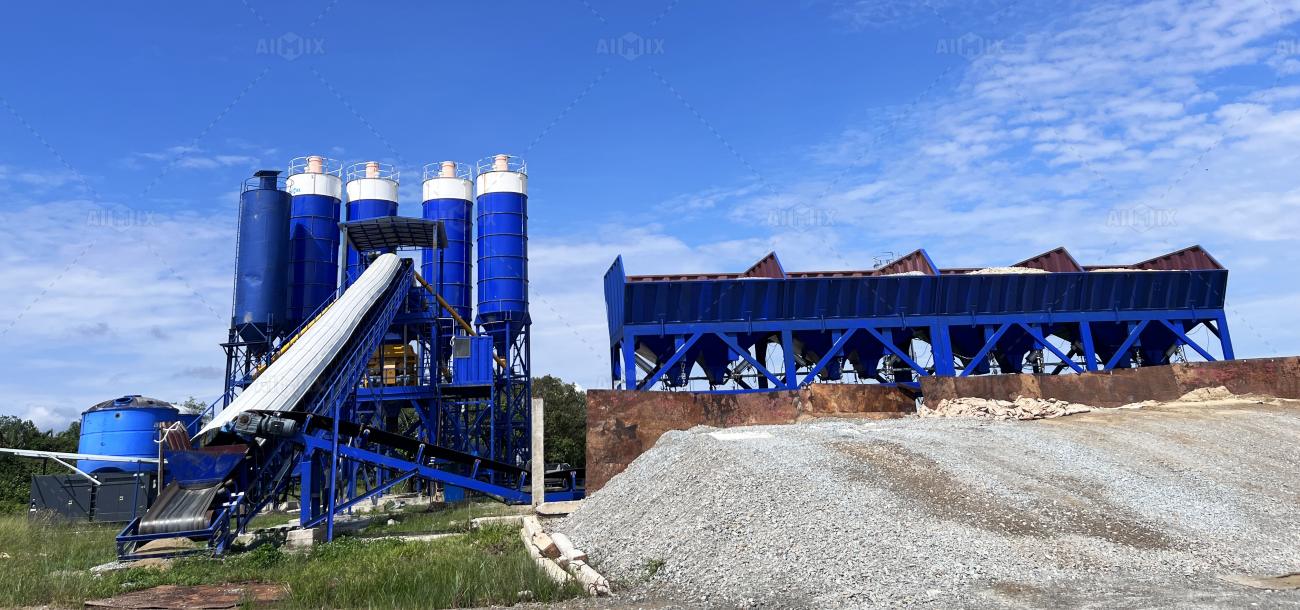
4. Cost of Infrastructure and Utilities
The availability and cost of infrastructure—such as water supply, electricity, road access, and raw materials—can also impact total ready mix concrete plant cost. For instance:
-
In areas where electricity is unstable or expensive, diesel-powered systems or hybrid models may be used, increasing operational costs.
-
Limited access to aggregates or cement nearby can result in high transportation costs.
-
Lack of paved roads or challenging terrain requires additional logistics planning and foundation work.
Therefore, a plant that might cost $100,000 in a developed area could easily exceed $150,000 in a remote or underdeveloped location due to these added infrastructure challenges.
5. Government Policy and Investment Incentives
Governments in many developing countries are actively trying to modernize the construction sector by encouraging investments in automated and environmentally friendly concrete production. This has led to:
-
Tax breaks and import duty exemptions
-
Subsidies for energy-efficient equipment
-
Public-private partnerships (PPPs) for infrastructure projects
Such incentives can significantly reduce the ready mix concrete plant price for domestic contractors or international investors. Countries like the Philippines, Indonesia, Egypt, and Kenya have shown progress in offering such support, making plant investment more financially viable.
6. Labor and Maintenance Costs
While labor is generally cheaper in developing countries, the total ready mix concrete plant cost must factor in ongoing operational expenses such as:
-
Skilled operator salaries
-
Plant maintenance and spare parts
-
Fuel and energy costs
-
Downtime due to lack of technical support or delayed spare parts
To mitigate these risks, many suppliers now offer training, remote support, and local service centers, especially in high-demand markets. When calculating long-term investment, buyers are advised to consider not just the purchase price, but the lifecycle cost of running the plant efficiently.
7. The Rise of Digital and Eco-Friendly Solutions
As sustainability becomes a global concern, even developing countries are adopting eco-friendly concrete batching plants with features like:
-
Dust and noise control systems
-
Recycled water systems
-
Energy-saving mixers and motors
-
IoT-based production monitoring
While such features can slightly increase the ready mix concrete plant price initially, they help reduce operational costs, improve environmental compliance, and appeal to clients focused on green building standards.
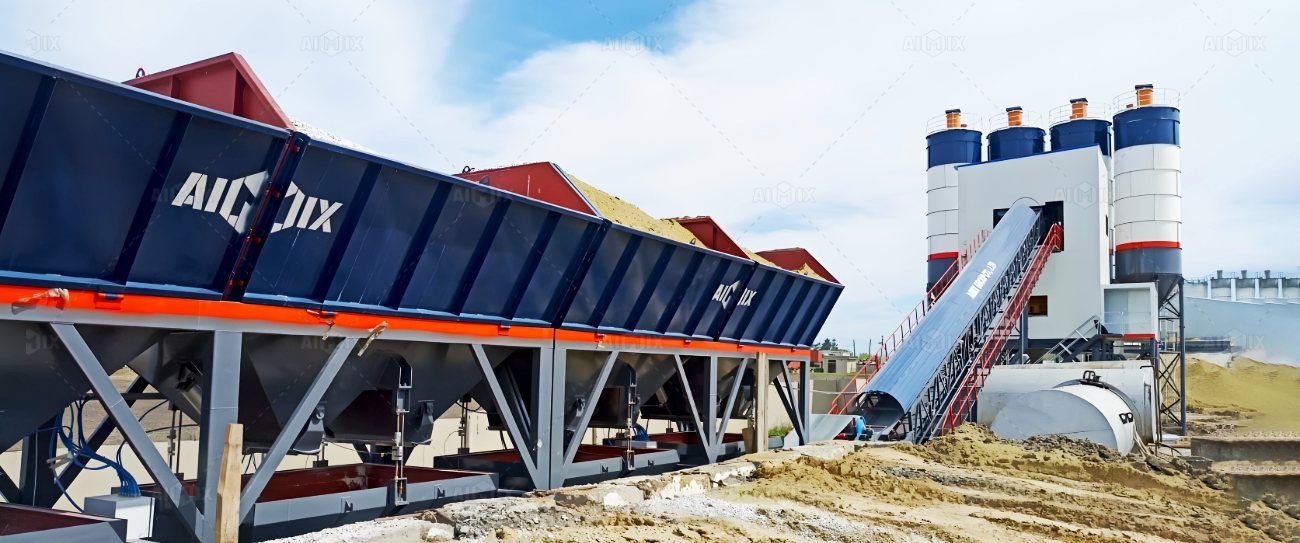
Conclusion: Strategic Planning Reduces Overall Plant Cost
Understanding the real ready mix concrete plant cost in developing countries goes beyond comparing price tags. It requires a strategic look at:
-
Plant type and size
-
Infrastructure conditions
-
Government policies
-
Supplier support
-
Long-term maintenance and energy use
As the construction boom continues across emerging economies, contractors and developers who carefully assess these factors will be better positioned to invest in the right plant at the right price. With proper planning, a well-chosen ready mix concrete plant can deliver excellent returns, improve productivity, and drive sustainable growth in any region.


